My host Samuel drove me to a highway overpass outside the town of Thika to meet the founder of SARDI, Francis. As we drove, Samuel said, "Have you ever been on a motorbike? Because you're going to have that experience today."
At the overpass, we found Francis easily and then he and I each hopped on a motorbike behind the driver and took off down a dirt road for SARDI's headquarters. When the motorbikes stopped, I could not figure out where we were going from there. We were on a wide dirt road, with a few buildings on either side of us. Their architecture reminded me of the old wild west, although none of them had swinging saloon doors like you might imagine. The buildings each contained little shops, and Francis led me to what appeared to be a computer store. That is SARDI's headquarters, where, among everything else they do, they offer training in using computers.
Like Samuel, Francis is part of the Kikuyu ethnic group, the largest ethnic group in Kenya and the dominant group in Central Province. And like Samuel, he had been living somewhere else when the post-election violence broke out in 2007 and he was driven from his home because he was Kikuyu. He relocated to Central Province where everyone else is Kikuyu too, so that he wouldn't face future violence or discrimination based on his ethnicity.
With our introductions over, we set off to see SARDI's model farm. Francis apologized that SARDI is a low budget operation, so we'd have to travel like Africans - using our feet and public transportation. I didn't mind a bit. We walked to the farm from the office.
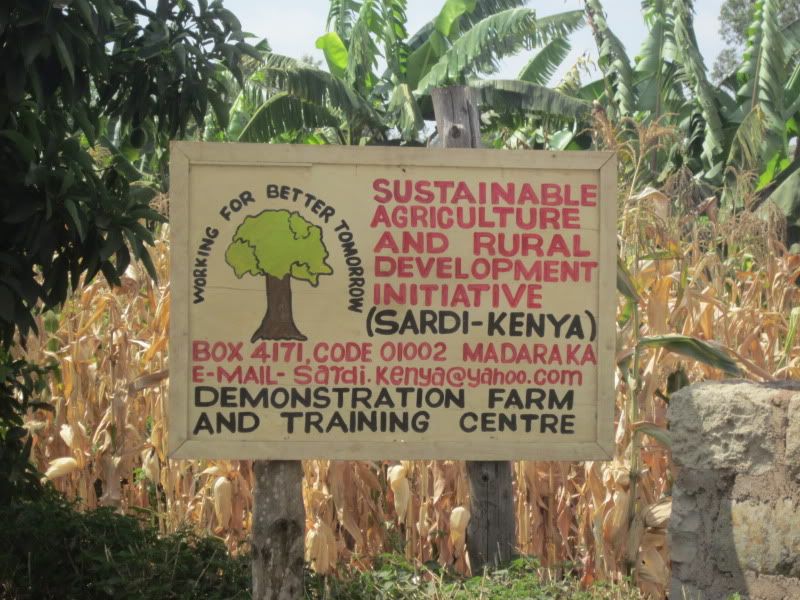
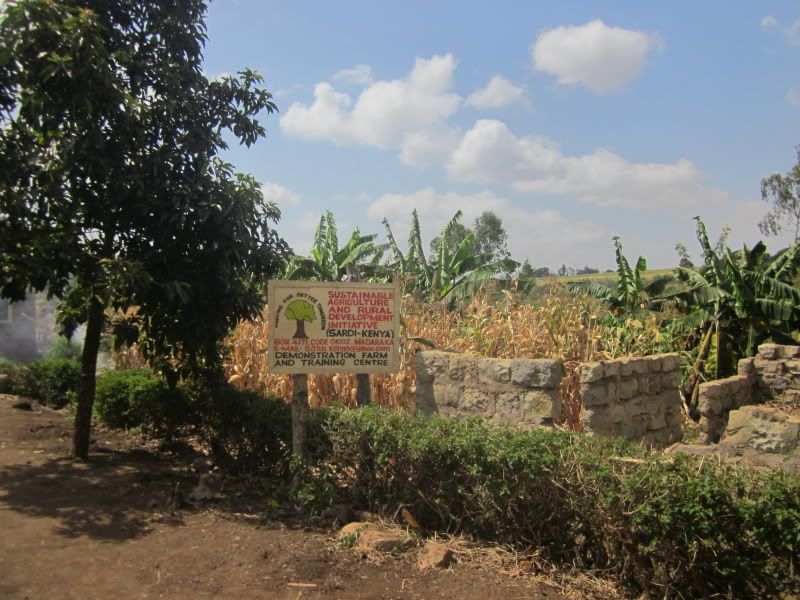
The garden was similar to the other Grow Biointensive gardens I'd seen in Kenya. Double dug beds that are just wide enough that you can stand on either side of them and reach into the middle. Crops like maize, kale, cowpeas, and other Kenyan favorites. But the difference here were the large irrigation canals built in between the beds, allowing the water to flow through the garden in the canals and enter the soil horizontally. Also, SARDI makes use of maize as windbreaks around its garden.
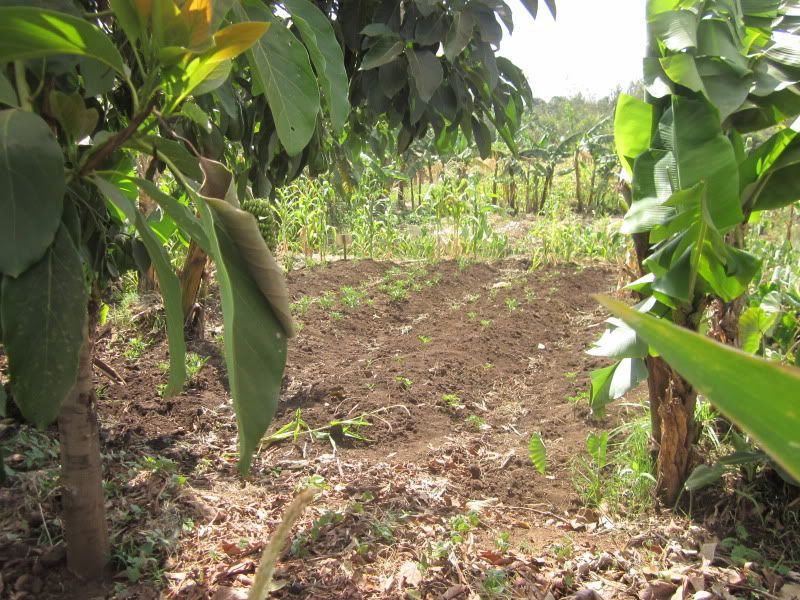
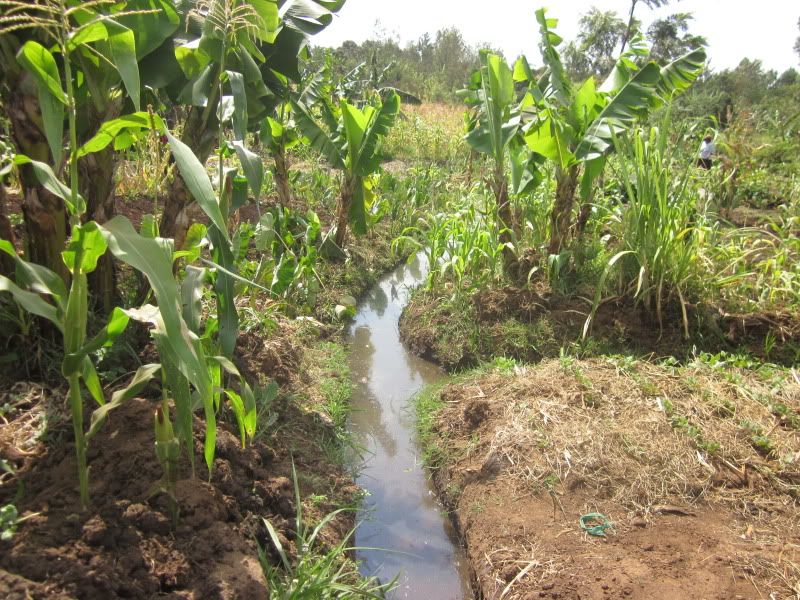
Irrigation canal
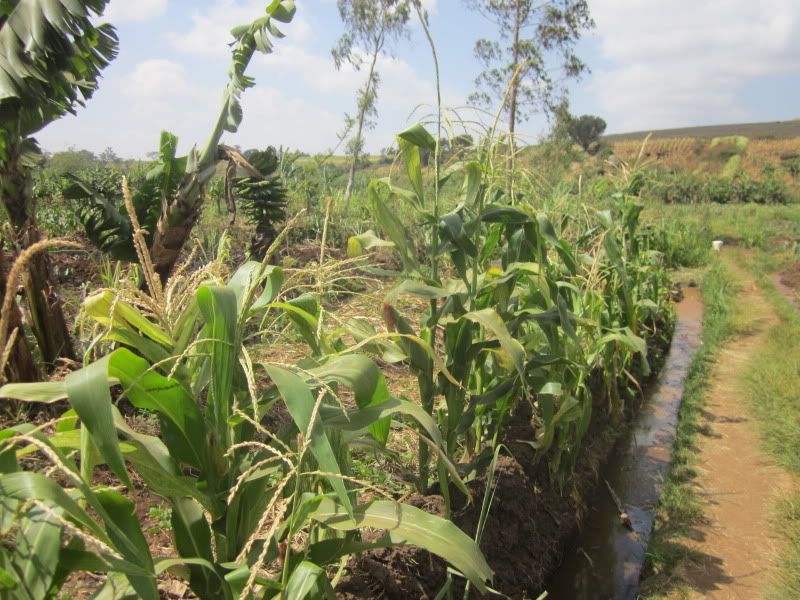
Maize as windbreaks
I kept asking about this one crop, which my Kenyan hosts sometimes told me was yam and sometimes told me was arrowroot. I kept remarking that it looked so much like taro. Well, it's taro. Thank you, Wikipedia. It's the one with the elephant ear leaves below. It's a water-loving crop that has a hard time in these dry conditions but can be grown near the irrigation canals where water is plenty.
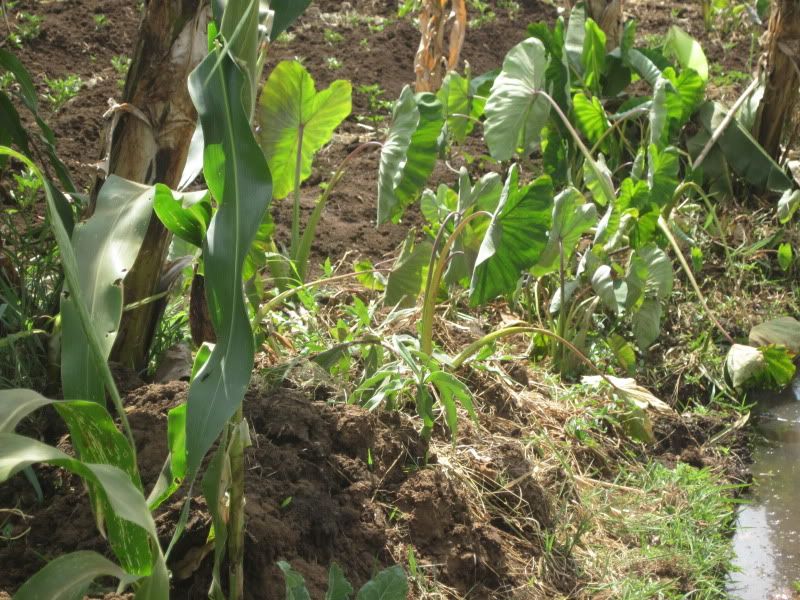
Taro
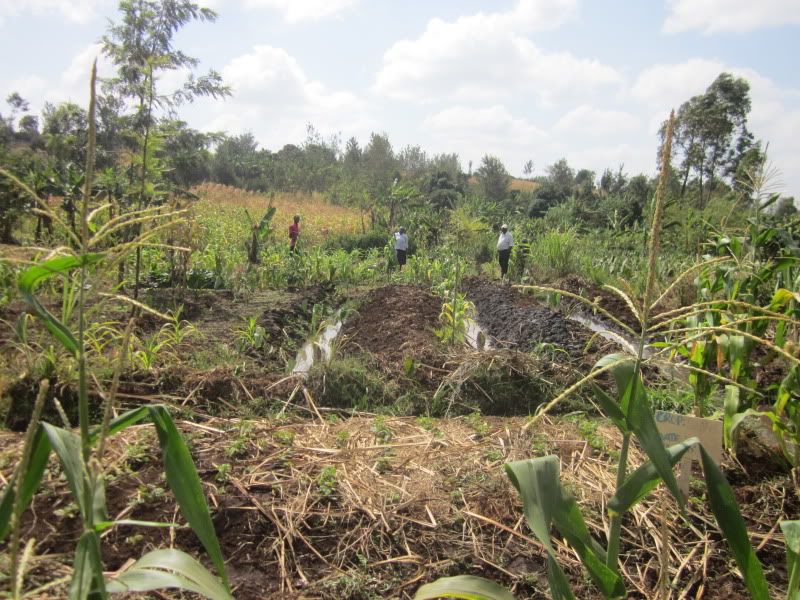
Remember the Del Monte plantation? I had visited it near where Samuel of G-BIACK lives. Well, the plantation is so massive that even though I'd traveled 15 km outside of Thika to SARDI, I was still near the plantation. You can see it on top of the hill in the picture below.
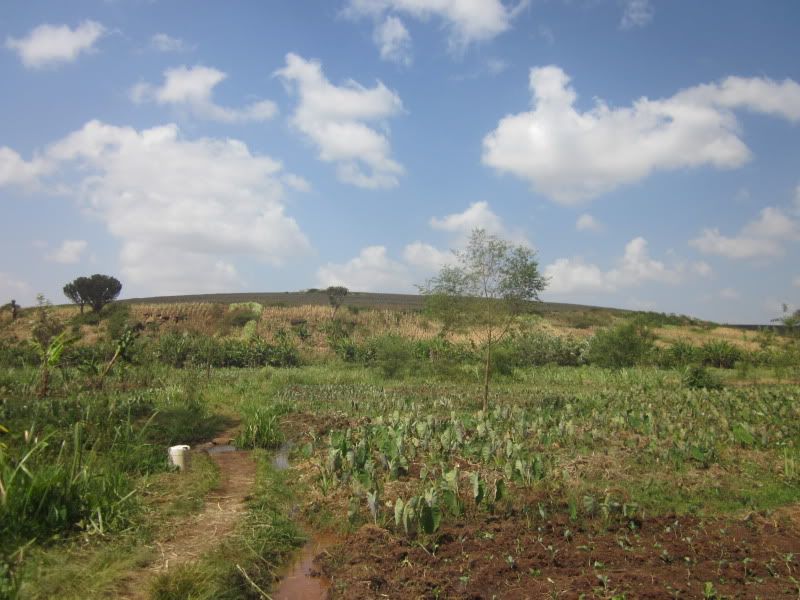
Del Monte pineapple
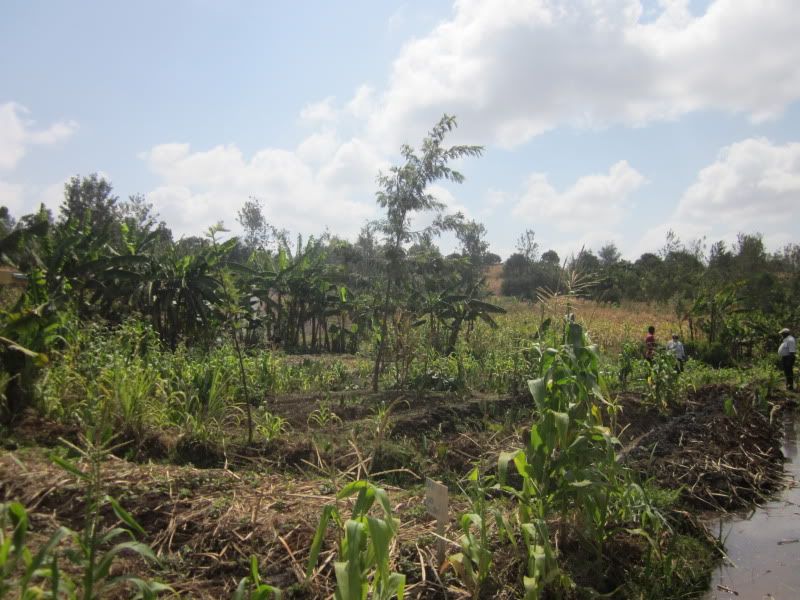

SARDI's building on the site
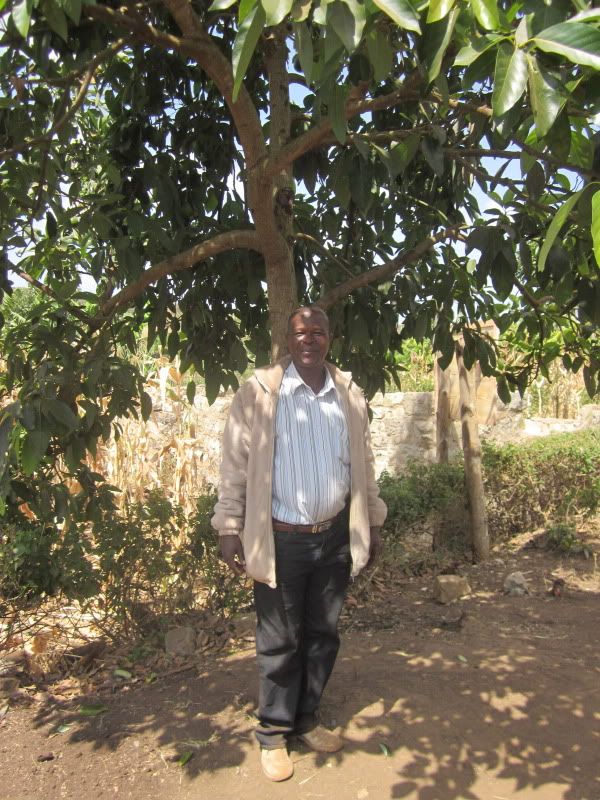
Francis, my host and the founder of SARDI
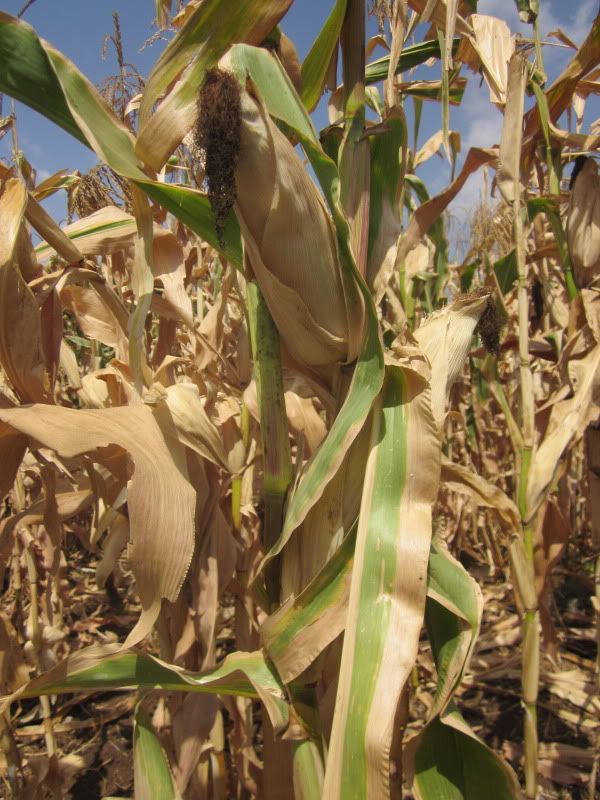
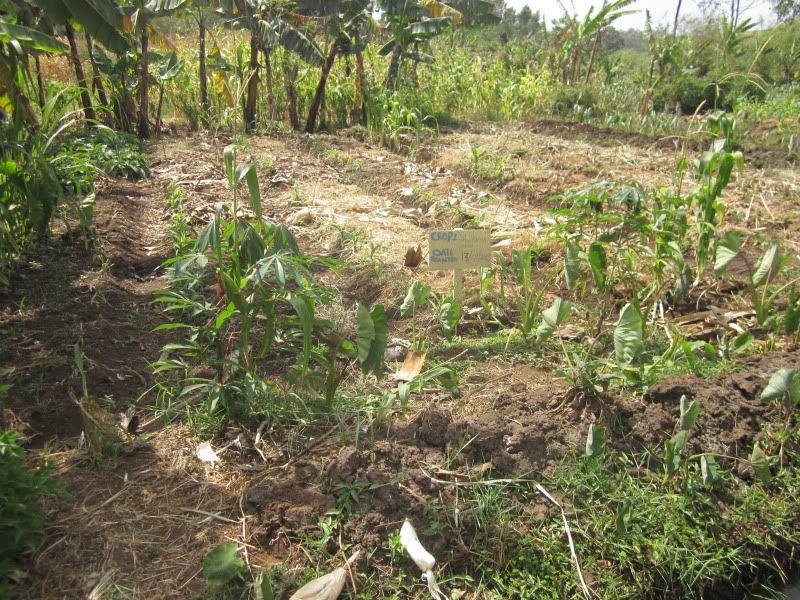
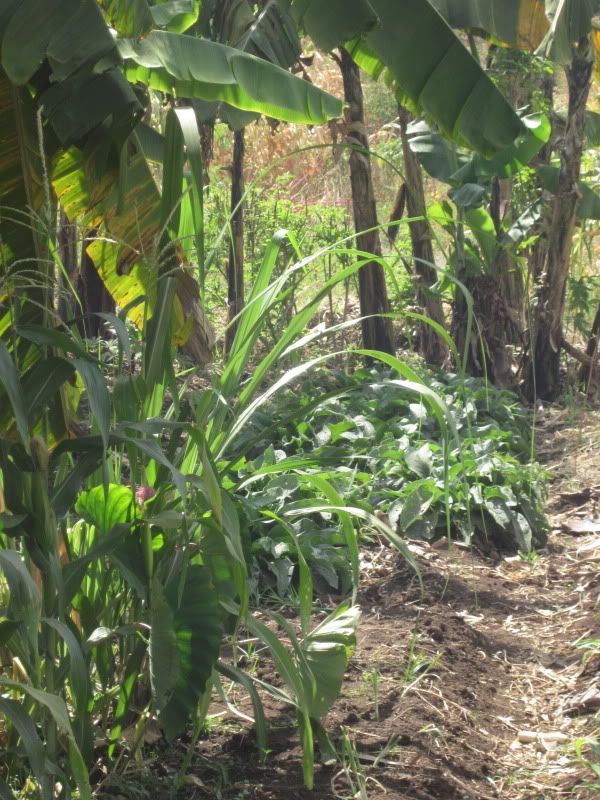
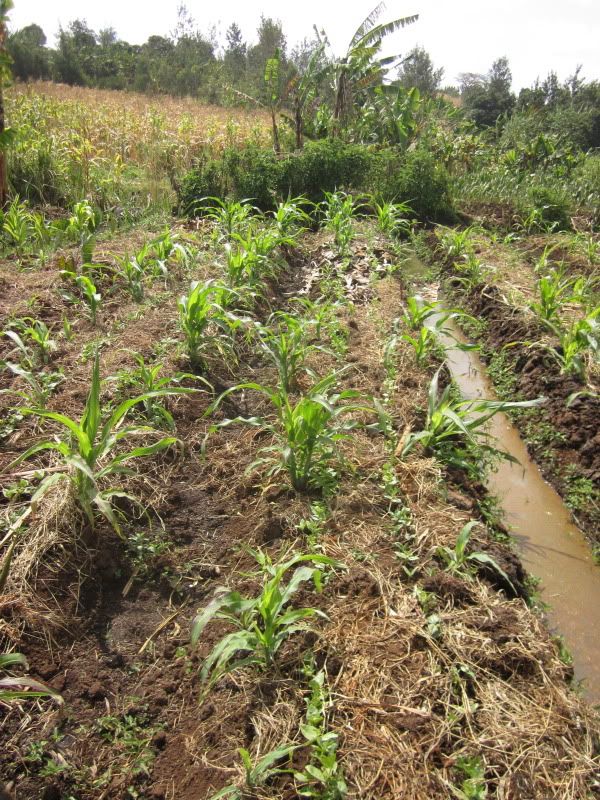
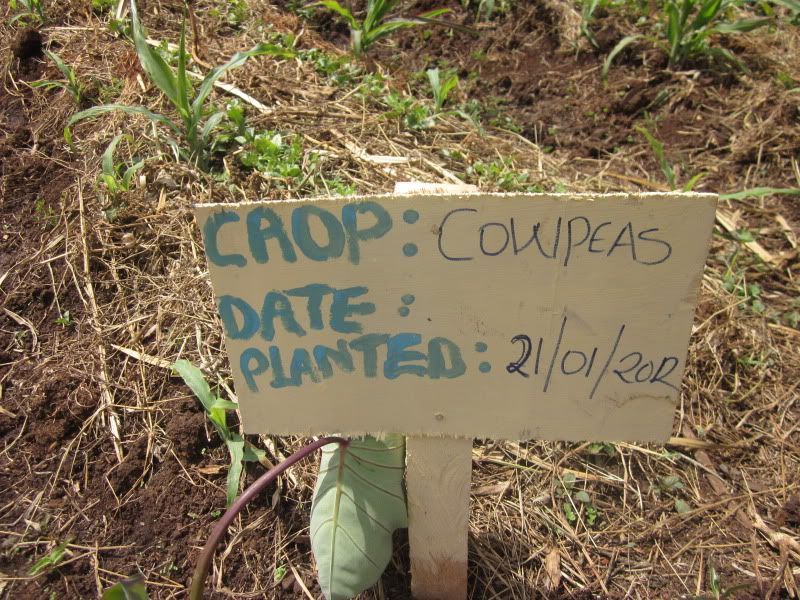
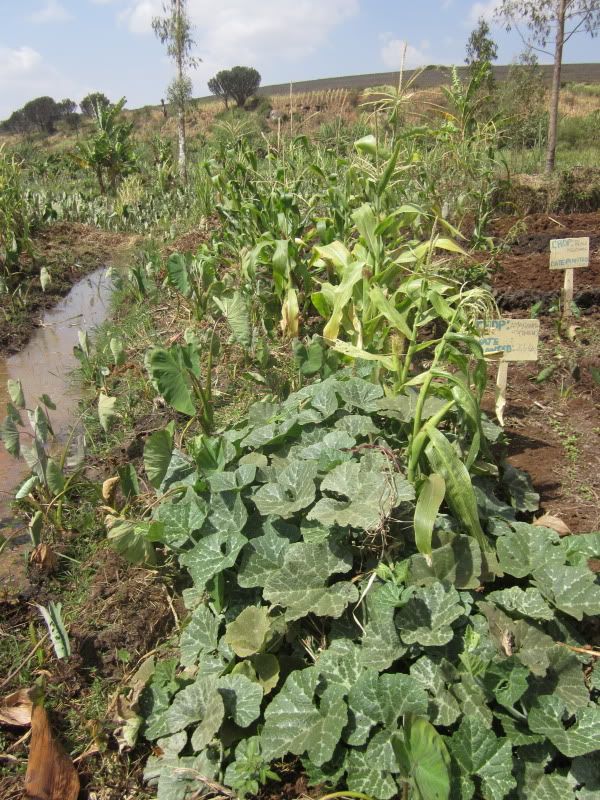
Pumpkin growing near maize. The pumpkin leaves are often eaten here as well as the actual pumpkin
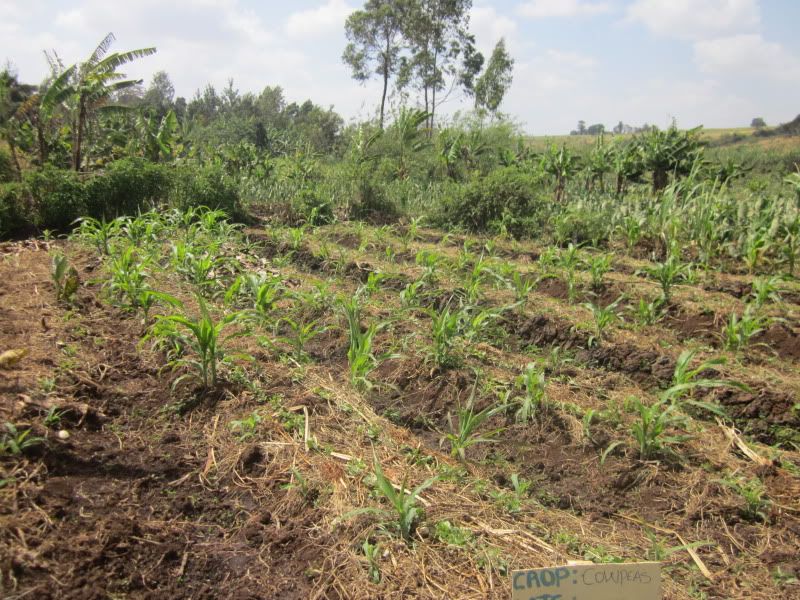
Cowpeas. The leaves are eaten as well as the beans.
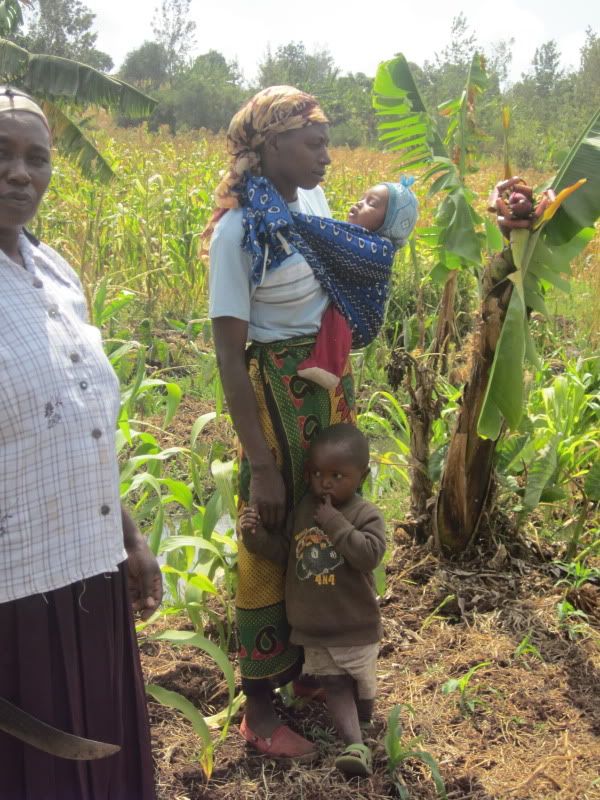
A local woman who came by with her son.
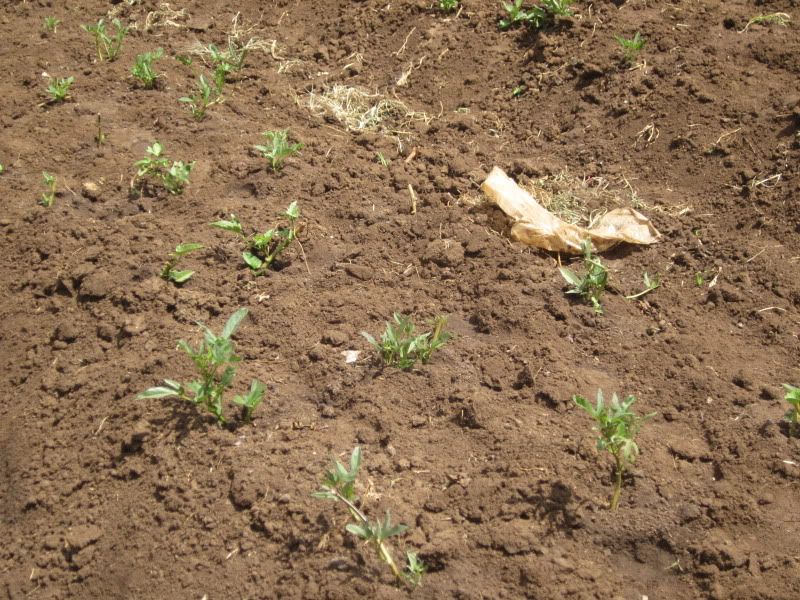
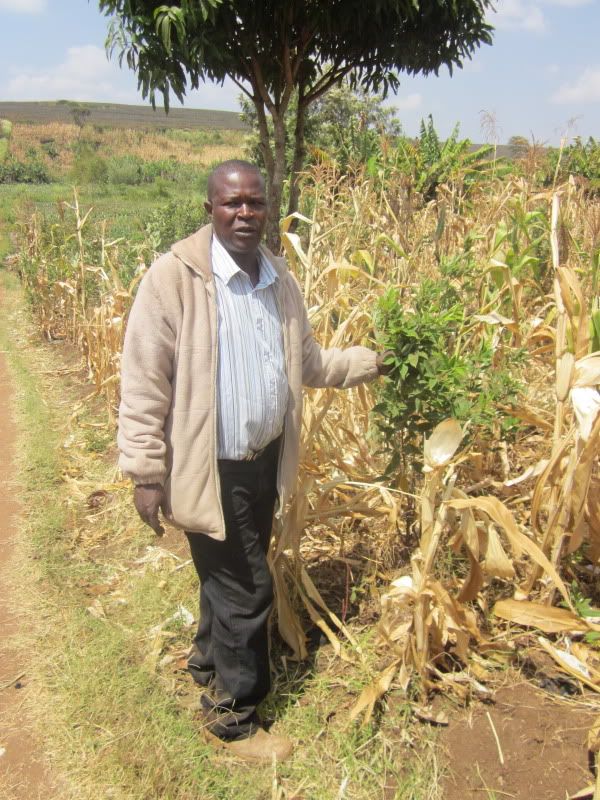
Francis
No comments:
Post a Comment